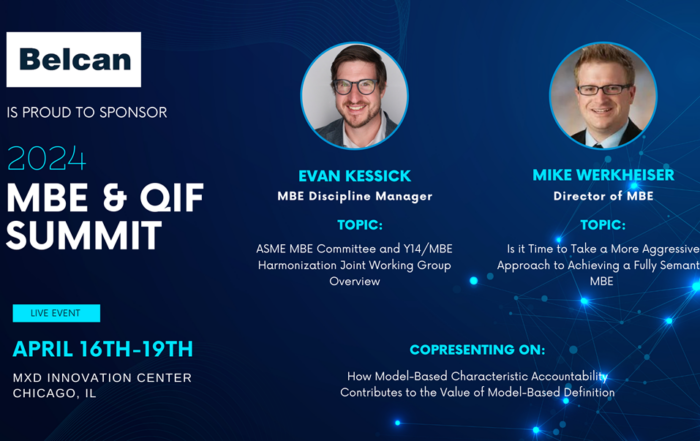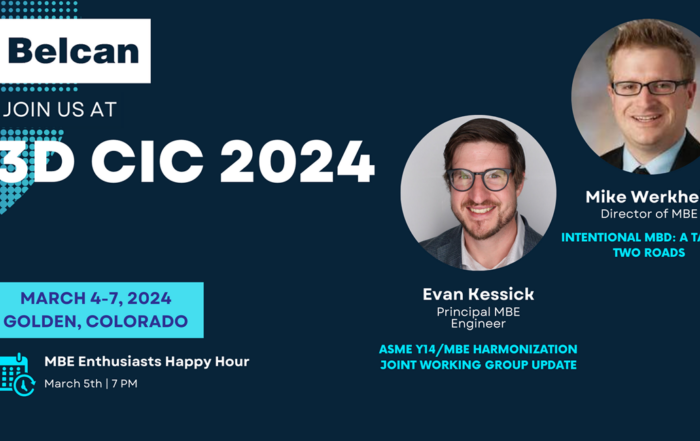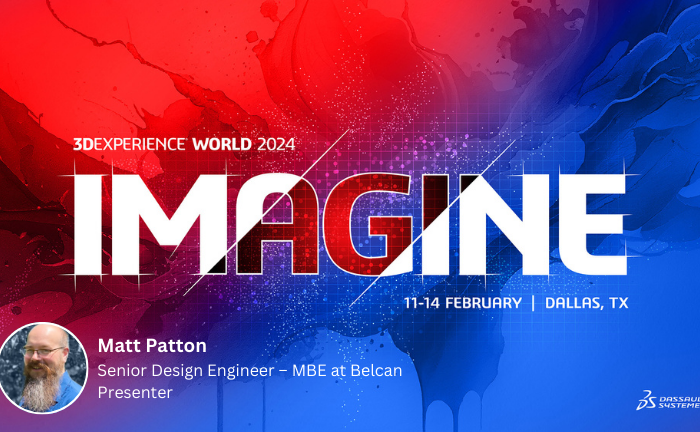Supply Chain Strategy Execution
Readying your supply chain for model-based definition (MBD) consumption and creation starts with forming a robust supply chain strategy. Once you have a strategy, it is time to execute.
When bridging the gap and moving into the execution phase, having a game plan will be just as important as it was when forming an initial strategy. See below for four key factors to consider when moving into the execution phase:
1. Selecting Suppliers
Selecting the right suppliers to take the next step into the model-based journey is a big decision. Choosing suppliers who are willing to work in a new way or who already have exposure to model-based methodologies will work in your favor.
The organizational change management piece of the equation is one of the hardest obstacles to overcome throughout this process. With that in mind, you should select suppliers who are willing to take on this challenge. Remember, even suppliers who are willing to dive deeper into the model-based journey are still likely going to face some internal resistance and have reservations throughout the process.
2. Onboarding Suppliers
Onboarding suppliers is a key component of a robust supply chain strategy. With MBD implementation, suppliers will now be receiving information in 3D digital format. Knowing how to navigate the 3D dataset from the get-go won’t be automatic. For suppliers, reimagining workflows to consume model-based data for the first time can be similar to learning a new job. Like with any new job, there is an onboarding period.
The onboarding process is your chance to be proactive and arm suppliers with the tools and information they will need to be successful in the future. Supporting supplier onboarding efforts will likely vary depending on the supplier and their MBD maturity level. For example, supplier onboardings could take the form of in-person training sessions, virtual trainings, or simply creating documentation for suppliers to review and reference as needed. Determining the right onboarding plan will likely depend on supplier-specific factors and their model-based maturity level.
3. Providing Consumption Support
In addition to onboarding support, support for supplier consumption throughout the production process will be beneficial. Suppliers are bound to run into issues or have questions. As such, offering a direct line of communication for suppliers to ask questions, request assistance, and report issues can make a big difference in how smoothly the process proceeds.
One option for providing ongoing support is to set up a help desk or forum for suppliers to submit requests. Creating an automated fully functional help desk is ideal, but it can be a heavy lift. If you lack the resources, tools, or funding to build this type of environment, there are workarounds. For example, start small and create a designated help desk email account. Then, supply producers with the email address and a template of the information you will need from them to initiate the help desk process. Manually facilitating each correspondence will take more time, but if you are not receiving an overwhelming quantity of questions or requests, it can be a worthwhile thrifty solution.
4. Capturing Lessons Learned
Documenting successes and failures along the way is crucial for continuous learning and development. It can be a tedious and time-consuming task, but the return for doing so is high. Lessons learned will carry over from one project to the next, incrementally growing your body of knowledge. You can then take your findings, analyze them, and use them to refine your strategy and facilitate continuous improvement.
When capturing lessons learned, the key is to document all details on an ongoing basis throughout the project. If you only take a retrospective approach and wait until the end of the project, you are likely to forget or omit specific details that occurred throughout the process.
Benefits to Integrating Model-Based Practice into the Supply Chain
Return on investment for model-based engineering efforts is often most heavily realized in downstream consumption phases, like manufacturing and quality. Reduced scrap, rework, part numbers, and time to market all translate to higher efficiency and cost savings. Although the benefits of MBD for the supply chain at large are still not fully understood, it’s likely that as the digital thread persists into downstream phases, more benefits will be realized.
Integrating model-based engineering methods into downstream product lifecycle stages can be difficult, but it can yield momentous results when working towards achieving your aspirations for a model-based enterprise. For additional support in crafting, executing, and maintaining a strategy for moving model-based practice downstream, click here.




